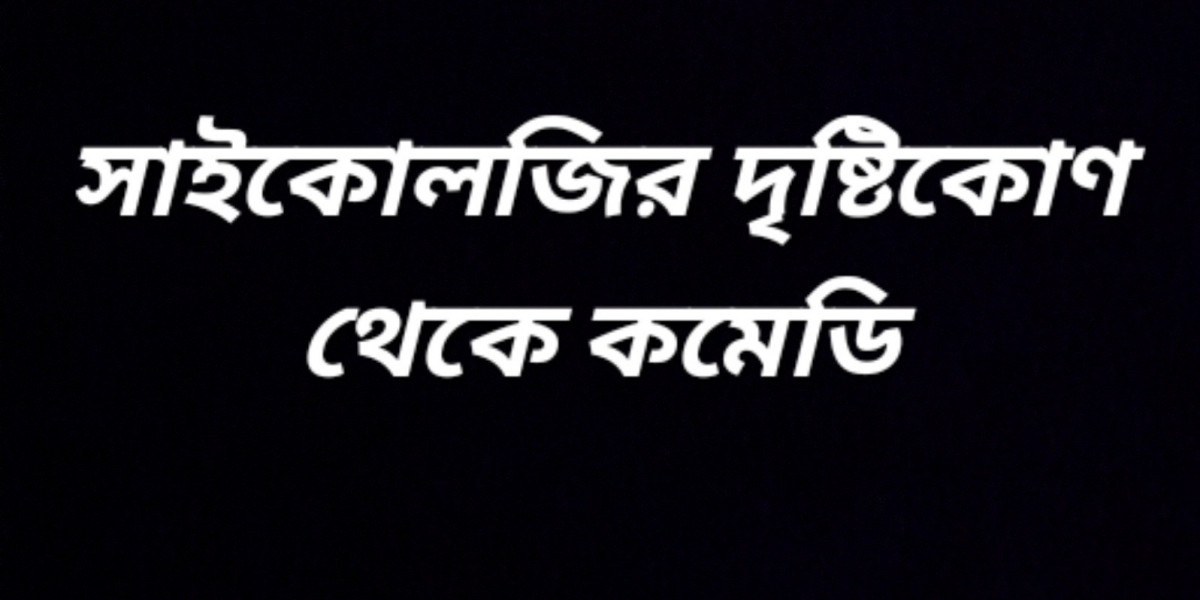Are we living inside a black hole?
September 21, 20243 Mins Read
The question may sound crazy. Unbelievable. Some may say, these silly questions have any meaning? But scientists don't dismiss any question as silly. They are very careful, calculate and see what is happening.
The search for black holes
They did the same with this question. The question is interesting—are we inside a black hole? To understand the question, it is necessary to know what a 'black hole' is. Black holes are known to everyone as a result of popular science practice. But let's take it simple and oversimplified.
Actually, dead stars. Compressed by the gravitational pull of its own mass, it collapses upon itself. As a result, space-time inside it is so bent that the thing has become a bottomless well. If something falls into this well, it cannot come out. Heavy gravity trapped him inside.
Even light cannot escape from there. Simply put, this is a black hole. Now its shape, style or the space-time lines that are reversed within it, many other things may come to your mind. In this short article we avoid those complications.
Scientists have thought about the question. Let's talk about the most important research among them. Scientists have calculated the size of a black hole with the amount of mass and energy we see in the visible universe. To their surprise, they discovered that its size is exactly the same as our visible universe!
A black hole's radius is proportional to its mass, but its volume is proportional to the cube of the radius. As a result, the higher the mass of the black hole, the lower its density. So the density of a black hole equal to the visible radius of the universe should be the same as the average value of the density of the visible universe.
Black holes have more in common with our universe. For example, if we calculate the expansion or expansion of the universe in reverse, i.e. reverse the direction of expansion, then we will see that it starts expanding from some point or absolute point. This absolute point in the universe is exactly the same as the point at the center of a black hole. Just as all the mass of the black hole is concentrated at this point, all the mass of the universe was also concentrated at that one point.
This point—whether the center of a black hole or the starting point of the universe—has such a density, temperature, and energy that all the laws of physics break down here. That's why this point is called Param Bindu or Uniqueness, in English it is called Singularity. This absolute point or singularity suddenly began to spread violently like an explosion, which we call the Big Bang. Mathematically, as I said, the absolute point inside the black hole has a lot in common with the starting point of the universe.
Again, just as black holes have an event horizon, so in the universe, we see nothing beyond a certain limit for the finite speed of light. Because no light could reach us from there—could not, and cannot. It is called the cosmological event horizon.
Some studies have shown that a 'baby universe' may be born during the creation of a black hole. All this is fine in theory, but there is no evidence of this in practice. Like many other mysteries of the universe, whether we are inside a black hole-universe is still an unsolved mystery.


















































